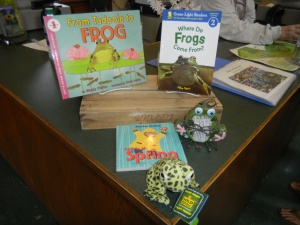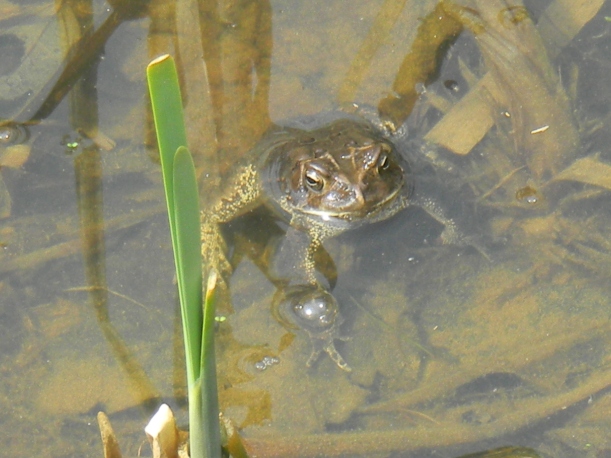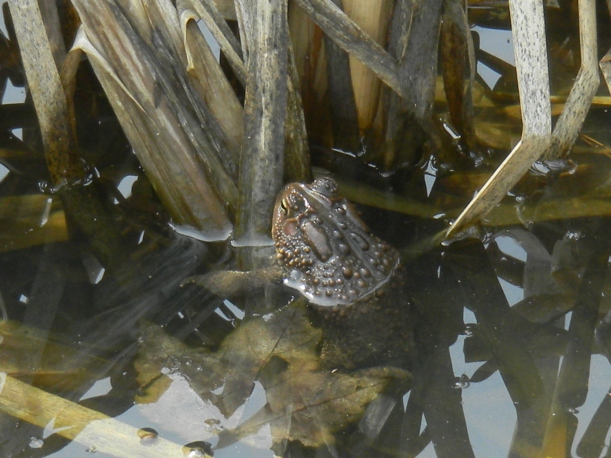“Tyler Arboretum goes above and beyond in providing an excellent, well-rounded internship experience to prepare you for any post-graduation opportunity.” — Jelsy Kravatz, Communications Intern at Tyler Arboretum, April 2014
This month, I had the pleasure of meeting with Jelsy Kravatz, the Communications Intern at Tyler Arboretum this spring. Jelsy is a senior at Immaculata University, majoring in Communications with an emphasis in Public Relations and Journalism. Jelsy is from the local area, and she has been visiting Tyler Arboretum since she was a kid. Jelsy has always had a passion for volunteering and the outdoors, and her work with non-profits like Tyler Arboretum solidified her interests in pursuing a career as a communications specialist. It was one of her communications professors that recommended Jelsy apply for the internship.

Meet Jelsy Kravatz!
I was so pleased that Jelsy was willing to sit down and talk with me about her internship experience – I know that at times, undergraduate students get nervous speaking with professors that they have never had in class before. But Jelsy was bursting with so much exciting news and stories to share about her internship, I had a hard time taking notes to capture the conversation! Jelsy’s goal in sitting down with me was for me to help her get the word out to other college students about the full experience Tyler offers to their interns. So, let’s see if I can convince any undergraduate students reading this post to apply for a Tyler Arboretum internship (listed on the Internships at Tyler page).
Before I could ask any questions, Jelsy wanted me to know that the number one part of her internship has been the people of Tyler Arboretum. She said the environment at Tyler is “exciting – you get a friendly, welcoming feeling every day.” She said the staff makes you feel included and that you are not just looked at as an intern. In fact, Jelsy has been able to sit in on committee meetings and even be a part of committees where she can take on tasks and responsibilities! Jelsy has contributed creative ideas for Tyler’s annual events, and she’s thrilled that she was able to come up with her own creative ideas and “run with them.”
One of the programming features I find unique to Tyler’s internship program is that the interns are encouraged to shadow staff from across all of the departments, beyond the one where students have their internship. Jelsy certainly took advantage of this opportunity and has been shadowing staff from the education and horticulture departments, highlighting how “really cool” it was to go around the property with Director of Horticulture Mike Karkowski on a gator. Jelsy even got to shadow Tyler’s Executive Director Rick Colbert.
Jelsy gives much credit to Tyler’s Communications Specialist Laura McPhail. She said that Laura has been an incredible teacher and mentor, allowing Jelsy to write articles for the newsletter, update the website, write press releases, and post on Tyler’s social media accounts. Jelsy also was required to do research to obtain facts and the background for the topics she worked on, giving her what she referred to as a “full experience.” Jesly said she is “really proud” when she sees something get published about Tyler Arboretum.
Jelsy worked at Tyler three days a week and put in 15 hours per week for her internship – and then an extra 100 hours, because she loved the internship so much. Jelsy couldn’t state enough how much it meant to her that she was able to apply what she had learned in class and even improve upon her skills, such as writing and formatting more efficiently and in AP style writing. In her own words… “I have learned the ins and outs of the PR world, and I have been able to challenge myself with new opportunities every day.”
In a nutshell, these are the four biggest points of the internship Jelsy wants every undergraduate student to know:
(1) The people at Tyler Arboretum make it worthwhile;
(2) You will fall in love with Tyler Arboretum;
(3) The experience as a communications intern at Tyler Arboretum cannot be matched by any other organization; and
(4) Because of the internship, Jelsy feels prepared for any fast-paced PR job in the future.
Jelsy’s first volunteer event was helping out at the Pancake Breakfast and Maple Sugaring Celebration back in February. When her internship finishes, Jelsy plans to stay on as a volunteer to help in all areas of the arboretum, and she’s hoping to grow the network of Tyler volunteers in their teens and 20’s. I’m sure I will not only see Jelsy in person but “in the press” in connection to Tyler, as she continues to raise awareness about Tyler Arboretum being “a community treasure.”
Perhaps I should add another bullet point to Jelsy’s list from above… one comment that I as a faculty member found to be one of Jelsy’s most powerful statements – “I don’t have to be a college graduate to make a difference.” If I was grading Jelsy on her internship experience, she would earn an A+ from me!
 Happy Earth Day! This year, Tyler Arboretum has set up a unique format to this week-long celebration, April 22-29. This year, the Earth Day Network has established the international theme for Earth Day as “Trees for the Earth“, and Tyler Arborteum is encouraging everyone to come and check out their trees?
Happy Earth Day! This year, Tyler Arboretum has set up a unique format to this week-long celebration, April 22-29. This year, the Earth Day Network has established the international theme for Earth Day as “Trees for the Earth“, and Tyler Arborteum is encouraging everyone to come and check out their trees?









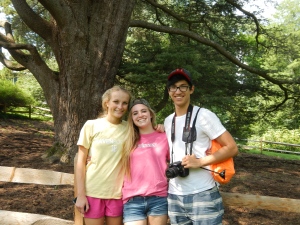
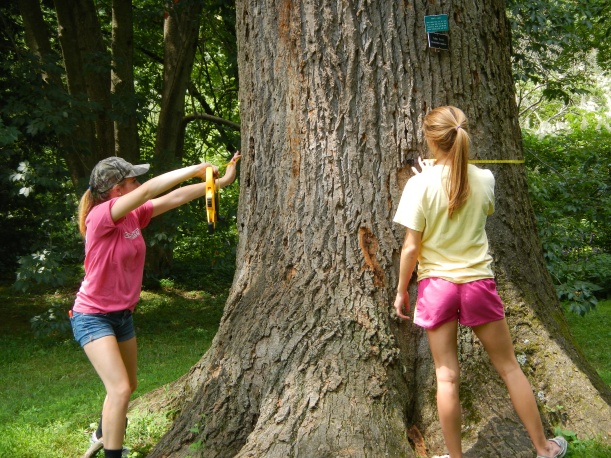

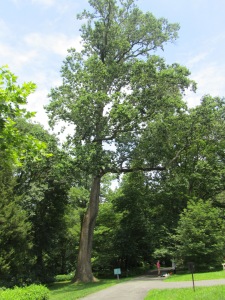









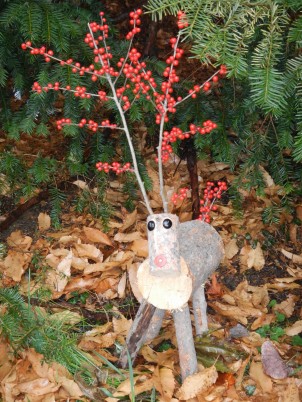







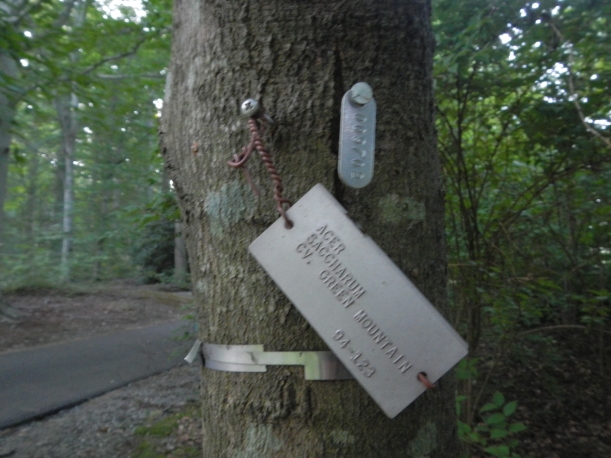

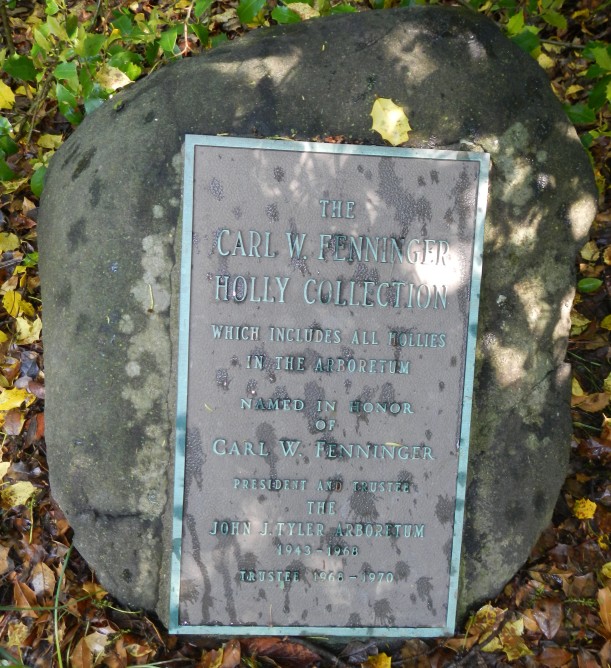





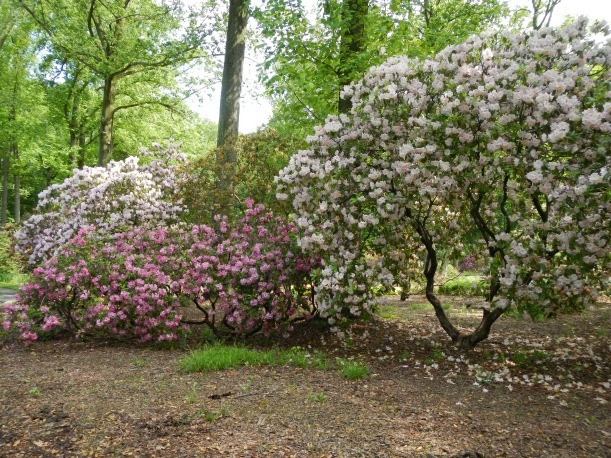


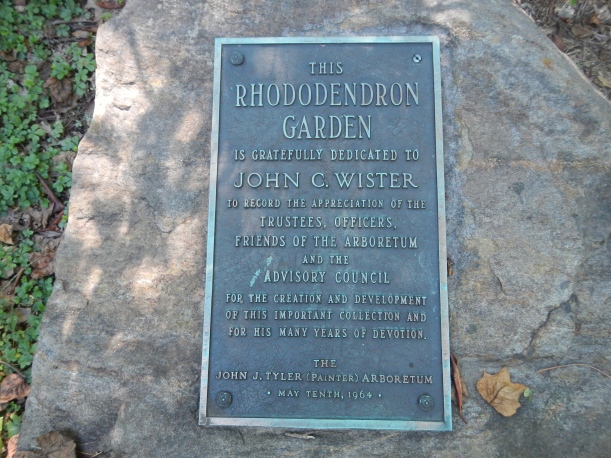
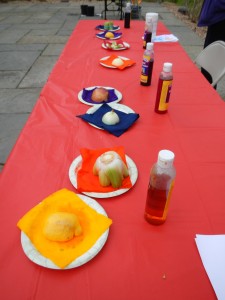

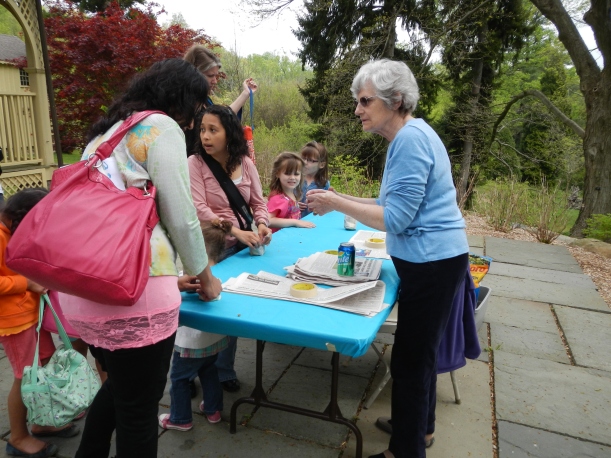



 NASA astronauts brought home the first ever images of the whole planet from space. Now NASA satellites capture new images of Earth every second. For Earth Day we are trying to create an image of Earth from the ground up while also fostering a collection of portraits of the people of Earth. Once those pictures stream around the world on Earth Day, the individual pictures tagged #GlobalSelfie will be used to create a mosaic image of Earth — a new “Blue Marble” built bit by bit with your photos.
NASA astronauts brought home the first ever images of the whole planet from space. Now NASA satellites capture new images of Earth every second. For Earth Day we are trying to create an image of Earth from the ground up while also fostering a collection of portraits of the people of Earth. Once those pictures stream around the world on Earth Day, the individual pictures tagged #GlobalSelfie will be used to create a mosaic image of Earth — a new “Blue Marble” built bit by bit with your photos.